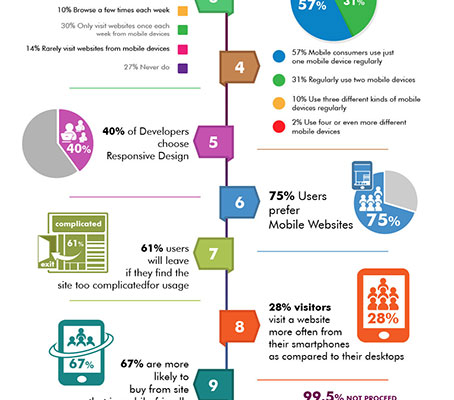Site Layout Fundamentals: Tips For Structure A User-Friendly Site
Site Layout Fundamentals: Tips For Structure A User-Friendly Site
Blog Article
Write- Why Choose A Digital Marketing Agency Created By-Christophersen Ehlers
When it involves web site style, ensuring user-friendliness is key. From responsive layout to streamlined navigating, every element plays a vital function in producing a website that caters to your target market's demands. However what about the finer details that can make or break a user's browsing experience? Keep tuned as we uncover some often-overlooked pointers that can elevate your website's use to the next level, making it genuinely stand apart in the electronic landscape.
Relevance of Responsive Layout
Responsive layout is a crucial facet of modern website growth. Guaranteeing your site is responsive means that it can adjust to various display sizes and devices, giving a seamless experience for individuals.
With the enhancing use of smartphones and tablets to access the net, having a receptive layout is vital for getting to a broader audience. It helps in boosting user experience by making your web site easy to browse and continue reading any type of gadget.
In addition, receptive style can favorably impact your search engine rankings, as online search engine like Google focus on mobile-friendly sites. By having a receptive style, you're also future-proofing your internet site, as brand-new tools with differing screen dimensions remain to arise.
Simplify Navigation Framework
To boost user experience and facilitate easy access to info on your web site, streamlining the navigation structure is extremely important. When designing your website, focus on producing a clear and instinctive navigation food selection that helps site visitors discover what they're searching for swiftly.
Restriction the number of menu items to the fundamentals, grouping associated pages together to prevent frustrating individuals. Use detailed tags that plainly suggest the web content of each web page, making it simpler for individuals to understand where each link will take them.
Think about executing dropdown food selections for subcategories to stop jumbling the main navigation bar. In addition, include a search bar prominently on the web page for individuals who favor searching for certain details.
Focus on mobile responsiveness in your navigating design to make certain easy accessibility on all gadgets.
Enhance Page Lots Speed
Improving page load rate is vital for maintaining visitors on your internet site. Slow-loading web pages frustrate users and can result in high bounce rates. To maximize page tons speed, begin by maximizing photos. Press images without endangering quality to lower their file dimensions.
In relevant webpage , allow browser caching to save regularly accessed resources locally, accelerating load times for returning visitors. Minify CSS, JavaScript, and HTML documents by removing unneeded personalities, remarks, and formatting, improving load rate.
Take into https://distributedandcloudcomput72601.tusblogos.com/32116675/developing-a-tempting-invitation-top-tips-for-internet-developers-to-enhance-calls-to-action using a content distribution network (CDN) to disperse your website's content across multiple web servers worldwide, minimizing latency for users accessing your site from different locations. Finally, limit making use of third-party manuscripts and plugins, as they can dramatically impact lots times.
Conclusion
Finally, by integrating receptive design, simplifying navigating, and enhancing page load rate, you can develop a straightforward site that attract a larger target market and boosts user experience. These essential elements make certain that site visitors can easily accessibility and browse your site throughout different tools, resulting in enhanced involvement and satisfaction. By focusing on these key aspects, you can develop a successful web site that maintains users coming back for even more.
